☆ PuniPuni Youtube ☆
Japanese Grammar – て- Form of adjectives – Review Notes
Today we will learn how to make the て-form (te-form) of adjectives in order to connect them like “and” in a sentence!
………………………………………………………………………………..
Last Grammar Lesson:

★ Last time we learned how to connect verb phrases using the て-form (te-form) of verbs.
………………………………………………………………………………..
Today’s Lesson: Connect Adjectives
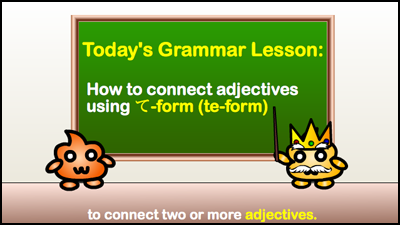
★ Today we will learn how to connect adjectives using て-form.
………………………………………………………………………………..
How to make て-form of Adjectives:
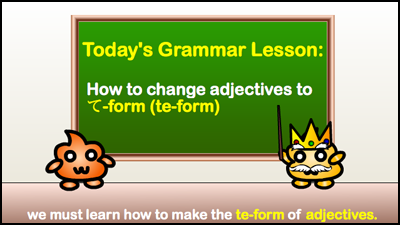
★ First, we must learn how to change adjectives to て-form (te-form).
………………………………………………………………………………..
Review: Types of Japanese Adjectives
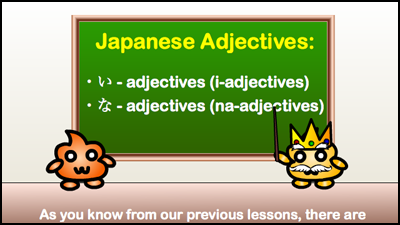
★ As we learned in a previous lesson, there are two types of adjectives in Japanese: い-adjectives (i-adjectives) and な-adjectives (na-adjectives)
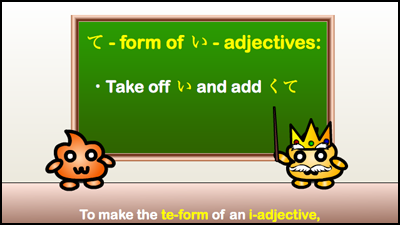
★ To make the て-form of an い-adjective, just take off い (i) and add くて (kute)
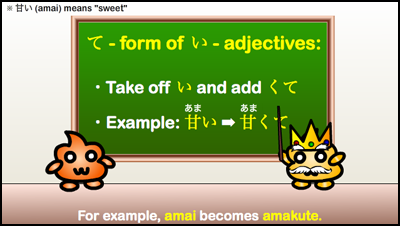
★ For example, 甘い (amai) -sweet – becomes 甘くて (amakute).
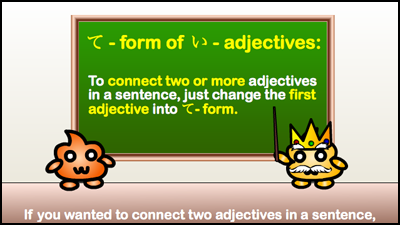
★ To connect two or more adjectives in a sentence, just change the first adjective into て-form (te-form).
★ This example sentence uses two adjectives: 甘い (amai) – sweet – and おいしい (oishii) – delicious.
★ Notice that 甘い (amai) was changed to て-form, but おいしい (oishii) maintained its original form.
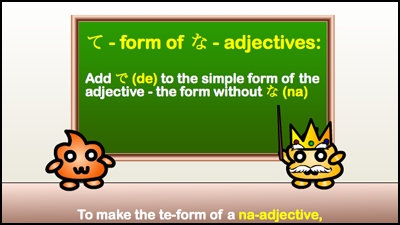
★ To change a な-adjective (na-adjective) to て-form, just add で (de) to the simple form of the adjective (don’t add な to the end).
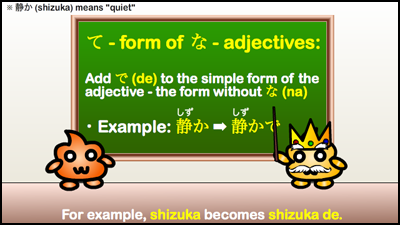
★ For example, 静か (shizuka) – quiet – becomes 静かで (shizuka de).
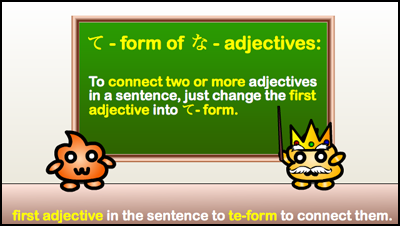
★ Just like withい-adjectives, you only have to change the first adjective to て-form to connect them.
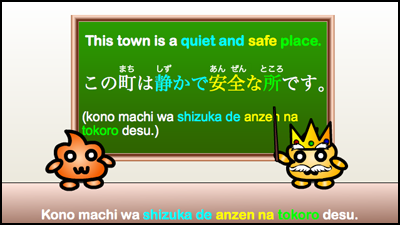
★ This example sentence uses two adjectives: 静か (shizuka) – quiet – and 安全 (anzen) – safe.
★ Notice that 静か (shizuka) was changed to て-form, but 安全 (anzen) maintained its original form.
★ In this sentence, we added な (na) after 安全 (anzen) because it comes before the noun it is modifying (所 – tokoro – place).
………………………………………………………………………………..
Connecting い- and な-adjectives:
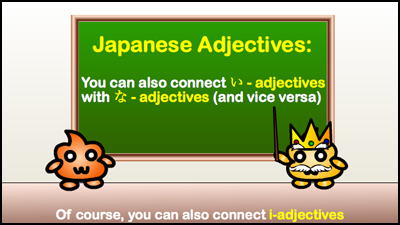
★ You can also connect い-adjectives with な-adjectives and vice versa.
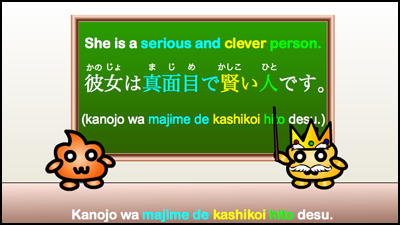
★ This example has the な-adjective 真面目 (majime – serious) come first, followed by the い-adjective 賢い (kashikoi – clever).
★ However, you could also switch the order of the adjectives as long as you change the first adjective in the sentence to て-form.
………………………………………………………………………………..
Additional Information:
★ て-form can be used multiple times in a sentence to connect several adjectives. For example:
彼は優しくて、面白くて、かっこいいです。
Kare wa yasashikute, omoshirokute, kakkoii desu.
He is kind, funny, and cool.
………………………………………………………………………………..
Additional Examples:
……………………………………………………………………………….
子猫は小さくて可愛いです。
Koneko wa chiisakute kawaii desu.
Kittens are small and cute.
……………………………………………………………………………….
この本は難しくておもしろくありません。
Kono hon wa muzukashikute omoshiroku arimasen.
This book is difficult and not interesting.
……………………………………………………………………………….
Conclusion:
That’s it for today’s Japanese grammar lesson! If you have any questions, please leave a comment below!
……………………………………………………………………………….
Do you want a Japanese tutor?
Take Japanese Skype Lessons with Professional Japanese Teachers on kakehashijapan.com!
………………………………………………………………………………..
………………………………………………………………………………..










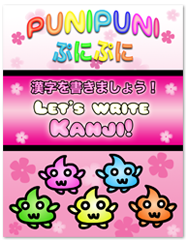


one comment
If I would like to say “This book was not difficult and not interesting.”
Comment by Chinda on 09/12/2014 at 7:37 amwould “Kono hon wa muzukashikunakute omoshiroku arimasen deshita.” be right?